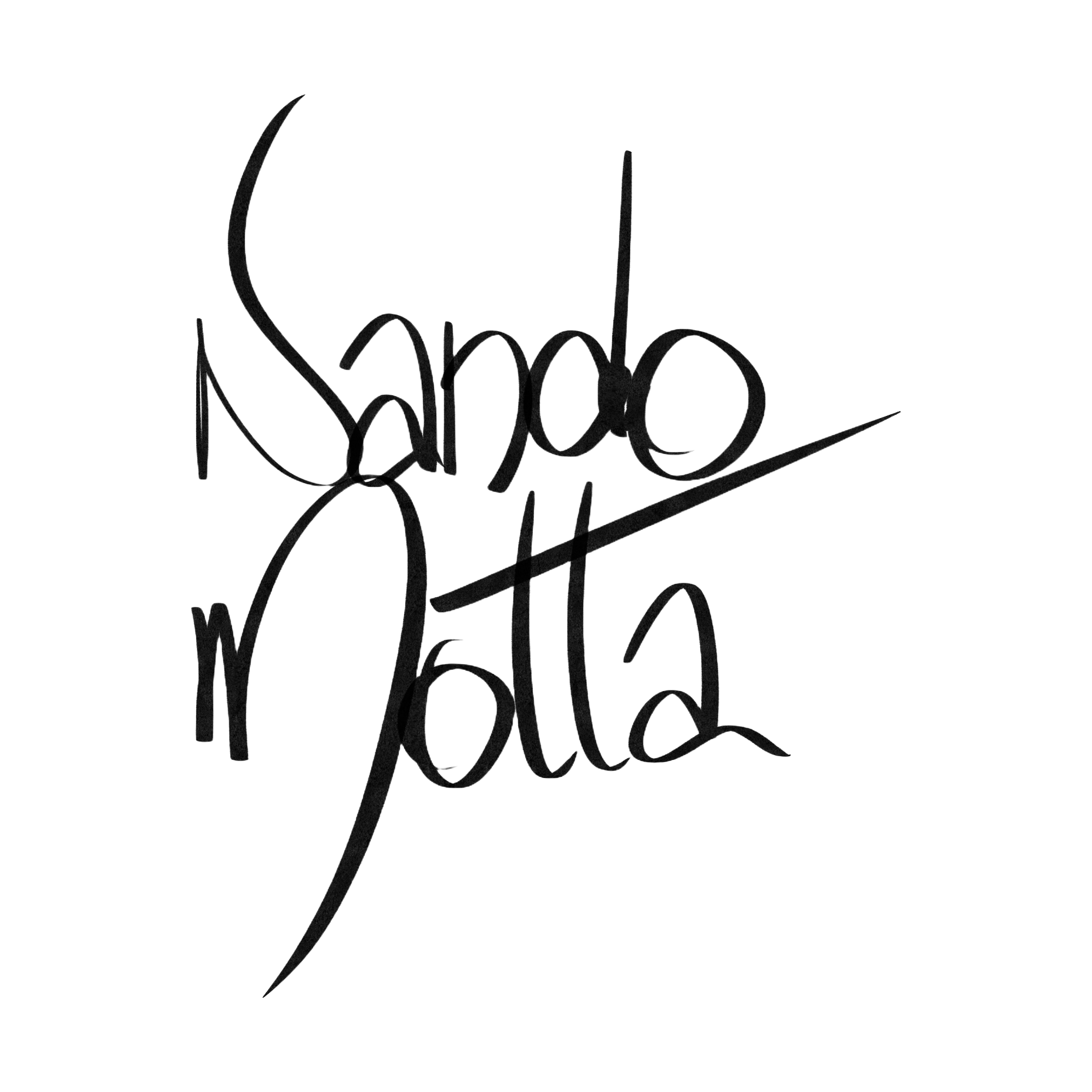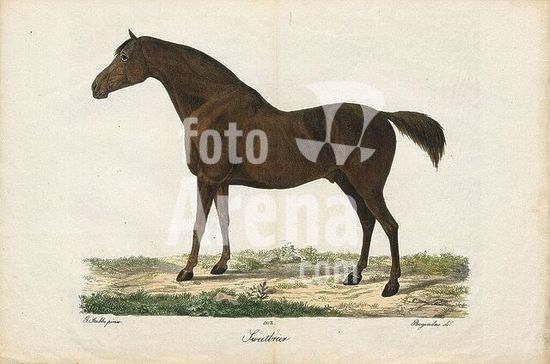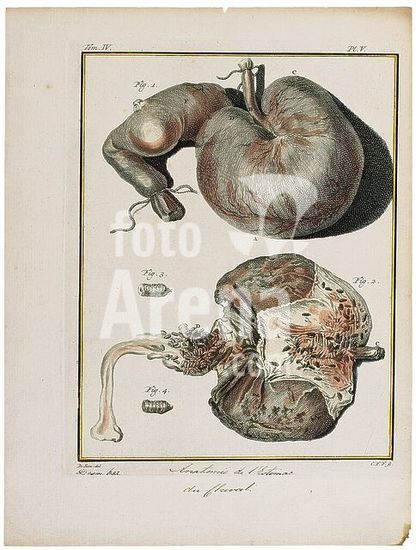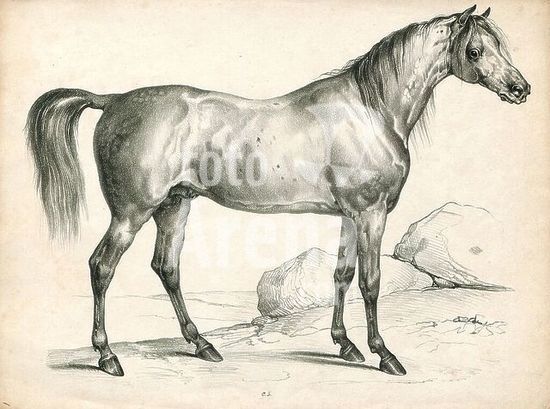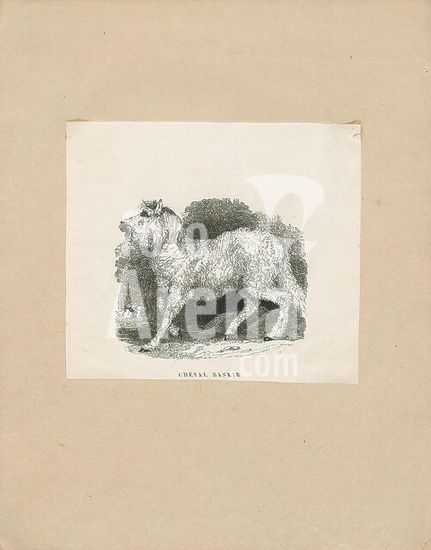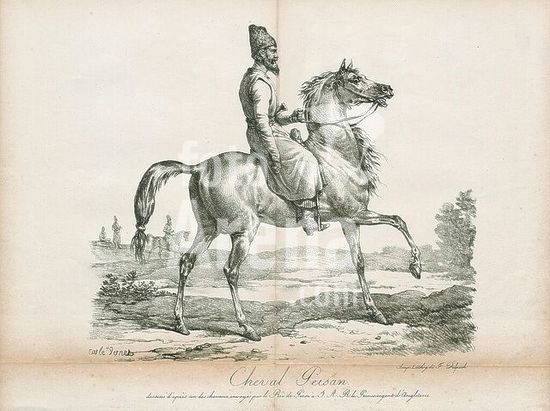
alb9875690
Eohippus angustidens, extinct species of small equid ungulate, early Eocene (Ypreseian). Eohippus or Hyracotherium. Colour printed illustration after Heinrich Harder from Wilhelm Bolsches Tiere der Urwelt (Animals of the Prehistoric World), Reichardt Cocoa company, Hamburg, 1908. Heinrich Harder (1858-1935) was a German landscape artist and book illustrator.
DC



























































